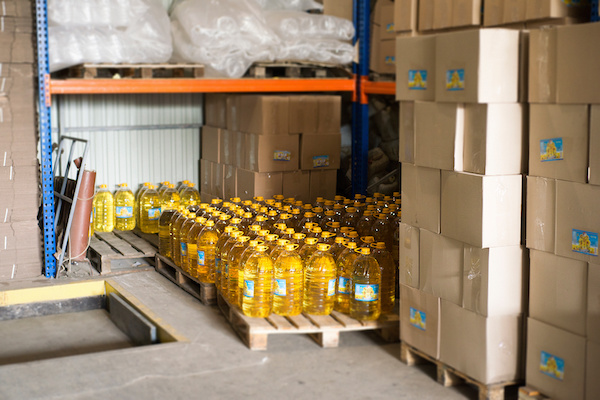
Keeping and managing a food stockroom is a fulfilling thing to do but also challenging. Unlike a regular stockroom where you’re keeping mostly non-perishable items, in a food stockroom, you have perishable ingredients. This food stockroom can be small or big, depending on what you need it for. Many households have one nowadays to avoid running to the supermarket every so often. This food stockroom is a non-negotiable facet of your business for restaurant owners.
To maintain the efficiency, effectiveness, and freshness of the food you’re storing, it’s important to keep the food stockroom organised. Many aspects come into play when doing this, all of which have to be given proper attention.
Keep reading to learn more about organising your food stockroom to keep your inventory in check and avoid unnecessary food spoilage.
Start By Identifying What To Keep And What To Toss
While tossing away food isn’t ideal and recommended, in this instance, it’s one you may have to do as the first step. This is especially true if you’ve never practiced an organisation system for your food stockroom in the past and now it’s messy to the point when it’s even hard to find what you’re looking for. Or perhaps you also have multiples of the same item, thinking you didn’t have it yet when you do.
Before doing any act of organisation, start by identifying what to keep and what to toss. Food belonging to the latter group should be limited only to those that are already expired. After segregating those expired food items to throw away, what’s left for you to organise is still safe for consumption.
Maximize Your Vertical Space
Next, this step is something you have to do if you feel like your current food stockroom is already too small for your needs. Don’t limit yourself only to the floor space as you’ll want to keep that area clear. Remember, you’re dealing with food. As much as possible, floors should be left clean, so it’s easier to clean every so often.
Having enough storage space is the secret to a well-organised stockroom, whatever the intended purpose is. Hence, if you still have a lot of vertical space left, make the most of that by adding more shelves. This gives you more shelves to store all the ingredients and food items you need at any given time. Now, you may finally be able to see the floor, at last!
Organise Food Stock By Category
Organising by category is the best way to group food stock into like items. However, there isn’t a one-size-fits-all approach to this as the categories will depend on the food items you’re storing.
Common examples of food groupings include canned goods, seasoning, healthy snacks, beverages, chips, baking ingredients, noodles, pasta, and sauces, to name a few. Don’t just throw all your supplies in one closet or shelf without grouping them. Otherwise, it’ll be challenging to find where every item is. When you classify, you must go through the specific section the food stock belongs to and search for it there. You don’t have to rummage through the entire stockroom, wasting so much time along the way.
Track Your Sales Everyday
This next tip applies when you’re running a restaurant. Compared to a household food stockroom, restaurant inventory is more fast-paced. This means you have to track almost daily compared to households, which can be done weekly or bi-monthly.
One of the best ways to stay on top of your food inventory is to track your daily sales. This gives you information on what dishes were made for that day and what stocks were used. Compare that sheet to your food stockroom inventory and make the necessary adjustments based on how much quantity is left.
This kind of system may seem overwhelming to do daily, but it works better than going a long time before tracking inventory. Tracking daily lets you see what food stock is depleted and what’s not, so you can also stay on top of replenishing what you’ve consumed.
Create Labels
Lastly, label each grouping. Categorizing food stock items together still won’t be efficient if you can’t remember each of those groupings. Putting labels is the solution to maintaining each grouping. That way, even when other staff or household members take items from the food stockroom, they’ll know where to put them back, with the labels to guide them.
Conclusion
If you’ve long been trying to figure out how to keep your food stockroom well organised, you’ll finally have a place to start. As you can see, it’s not that difficult as long as you know how to take that first step. Most importantly, remember that it’s not enough to apply the tips above and stop there. After organising, maintain what you’ve just done so all your efforts won’t be futile. Now, you won’t have to deal with food wastage again, whether for your household or restaurant.
via https://www.AiUpNow.com
September 4, 2022 at 09:05AM by admin, Khareem Sudlow
